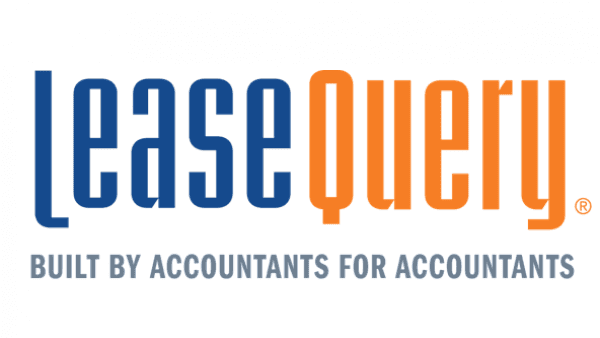
Improving journal entry software for in-house lease accountants.
UX Research & Design
4 Months
Team of 2
My team was tasked with researching and redesigning the journal entry flow for an accounting software called LeaseQuery.
This software is typically used by accountants at companies with some type of leases.
To learn about what issues, we conducted 4 contextual interviews. Users walked us through their process of running Journal Entries and talked aloud about their process. We asked follow-up questions such as..
“Are there aspects of other software you’ve used previously that you wish were in LeaseQuery?”
“Which fields do you use most often when running journal entries?”
“What are some scenarios when you do use other fields?”
“What are your next steps after exporting journal entries?”
To get a broader overview of the user experience, we also deployed an online survey which was completed by 15 participants. The survey included a mix of multiple choice and open-ended questions, so we received both quantitative and qualitative data.
Interview findings were arranged by theme in an affinity map to generate overall insights. The affinity map was also used to generate design ideas that address different themes.
We mapped our design ideas on a matrix of how much effort is required and how much value is generated, to decide which ideas to prioritize.
The first step in translating design concepts to visuals was through paper sketches. We showed these to our stakeholders for the first round of feedback.
I further sketched a redesign of the interface that incorporated multiple design ideas. We received further feedback from our stakeholders before our next iteration: the lo-fi prototype.
I created a low-fidelity, interactive prototype to test with users, that incorporated the feedback I got on my sketches. Through user testing, I learned which features users liked, didn't like, and found confusing.
Based on insights from user testing, I made updates to the prototype. I also added a higher level of detail (e.g. color, smoother animations).
In the next iteration of the design, several changes were made for clarity:
The icon we used for "Edit" was consistently misunderstood to be "Rename", so we changed it to a button labeled "Edit".
Users also found the UI for customizing their view to be confusing, and misunderstood it's purpose. In my redesign, I used clear labels and "drag and drop" layout.
Impact
In the end, I presented to the stakeholders both suggestions for improvement and research insights about the user base. We had several suggestions for the system that we were not able to show off in a prototype:
Provide users with feedback/visibility by displaying a loading animation after they click "run"
Grey-out options that don't apply to specific users (such as immaterial or short-term leases)
Organize allocation items alphabetically/numerically in the drop-down
Reflections
This project was an excellent learning opportunity, as a B2B product with a small, very specific user base. I had to learn a lot about the users' world (lease accounting) before I could even begin to understand the users' experience.
I learned the immense importance of speaking with other stakeholders (the product owner, customer service team, former accountants in the company) to get a better understanding of the product overall.
I also learned how to compromise when working with another designer, and the importance of explaining your design reasoning well.
If I were to do this project over, with more time, I would definitely want to interview more users, because of how much each user varied in their experience. I also think that a co-design session with accountants using this product would have resulted in some very useful ideas for improvement that we couldn't have come up with on our own.










